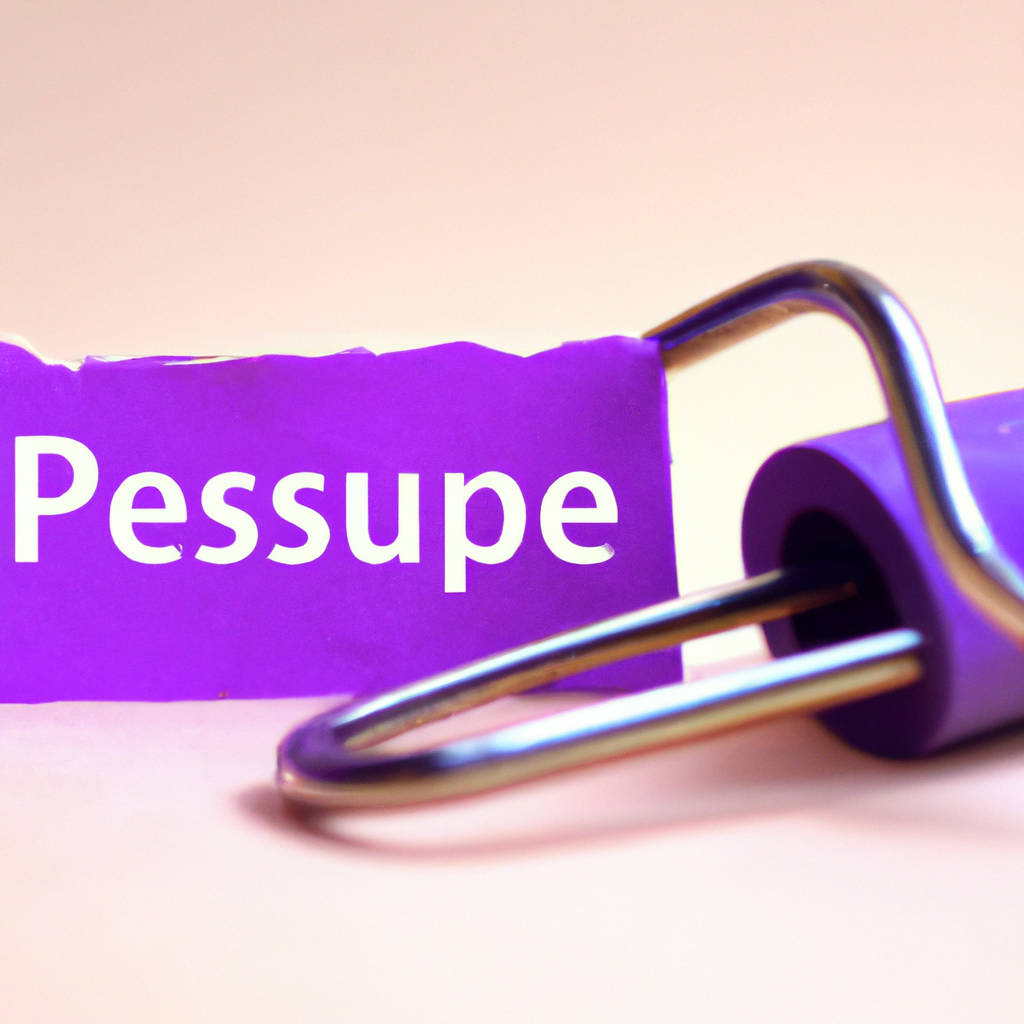A URL blacklist is a type of list that contains website addresses that are deemed to be potentially harmful or malicious. These addresses are often identified through various methods such as automated scanning, user reports, or analysis of website content.
Once a website is added to a URL blacklist, it is typically blocked from being accessed by users who attempt to visit the site. This can help protect users from potentially harmful websites that may contain malware, phishing scams, or other malicious content. By maintaining a URL blacklist, organizations and internet service providers can help ensure a safer browsing experience for their users and protect against potential security threats.

Definition of URL Blacklist
A URL blacklist is a list of web addresses that have been flagged as potentially harmful or malicious. These websites may contain harmful content, such as malware, phishing scams, or other forms of online threats. The purpose of a URL blacklist is to help protect users from accessing these dangerous websites and to prevent them from falling victim to cyber attacks.
Websites can end up on a URL blacklist for a variety of reasons, including suspicious activity, reports from users, or automated scanning by security software. Once a website is added to a URL blacklist, it is often blocked by internet service providers, web browsers, or security software to prevent users from accessing it.
URL blacklists are constantly being updated and maintained to ensure that users are protected from the latest online threats. It is important for internet users to be aware of URL blacklists and to exercise caution when browsing the web to avoid falling victim to cyber attacks.
Purpose and Importance in Web Security
Web security plays a crucial role in safeguarding sensitive information and preventing unauthorized access to data. The purpose of web security is to protect websites, web applications, and web services from potential threats such as hackers, malware, and other malicious attacks. By implementing robust security measures, organizations can ensure the confidentiality, integrity, and availability of their online assets.
Without proper security measures in place, sensitive information such as personal data, financial details, and intellectual property could be at risk of being compromised. This could have severe consequences for both individuals and businesses, leading to financial loss, reputational damage, and even legal implications. Therefore, the importance of web security cannot be overstated. It is essential for maintaining trust and credibility with users, clients, and partners, as well as for complying with industry regulations and standards.
In today’s digital age, where cyber threats are constantly evolving and becoming more sophisticated, organizations must prioritize web security to mitigate risks and protect their online assets. By investing in security technologies, conducting regular security assessments, and raising awareness among employees and users, organizations can strengthen their defense mechanisms and minimize the likelihood of a security breach.
Ultimately, the purpose and importance of web security lie in ensuring the safety and reliability of online platforms, as well as in preserving the trust and confidence of stakeholders in the digital realm.

How URL Blacklists Are Compiled
URL blacklists are compiled through a complex process that involves various entities working together to identify and categorize potentially harmful or inappropriate websites. One way in which URLs are added to blacklists is through the use of automated software programs known as web crawlers, which scan the internet for sites that contain specific keywords or patterns that are associated with malicious activities.
These web crawlers can also analyze the content of websites to determine if they violate certain guidelines or restrictions. In addition to automated tools, human moderators play a crucial role in compiling URL blacklists by manually reviewing websites and making decisions about whether they should be added to the list. These moderators may work for government agencies, cybersecurity firms, or internet service providers, among others.
Once a website has been identified as potentially harmful or inappropriate, it is added to a central database that is used by various organizations and software programs to block access to the site. This database is constantly updated to ensure that new threats are promptly identified and added to the blacklist. Overall, the process of compiling URL blacklists is a collaborative effort that involves both automated tools and human judgment to protect internet users from harmful or inappropriate content.
Impact on Users and Organizations
The impact of unethical behavior on users and organizations can be significant. When individuals or companies engage in actions that go against accepted ethical standards, it can lead to a loss of trust and credibility among users. This can result in a decrease in customer loyalty and ultimately harm the reputation of the organization.
In addition, unethical behavior can also have financial implications for organizations, as customers may choose to take their business elsewhere if they feel that their trust has been betrayed. For users, the impact of unethical behavior can be even more pronounced. They may feel deceived or manipulated by the actions of the organization, leading to feelings of anger and betrayal.
This can have a lasting impact on their relationship with the company and may even result in long-term damage to their trust in other organizations. Ultimately, the impact of unethical behavior on users and organizations can be far-reaching and have lasting consequences that go beyond just the immediate situation. It is important for both individuals and companies to consider the ethical implications of their actions and strive to maintain the trust and integrity of their relationships with users.

Challenges and Considerations
When navigating through various situations, it is important to be mindful of the challenges and considerations that come with them. These challenges can range from ethical dilemmas to practical obstacles, requiring careful thought and reflection. It is crucial to take into account the different perspectives and values of those involved, as well as the potential consequences of our actions.
Additionally, personal biases and emotions can often cloud our judgment, making it difficult to make sound decisions. It is essential to approach each challenge with an open mind and a willingness to listen to others’ viewpoints. Furthermore, it is important to consider the long-term implications of our choices and how they may impact not only ourselves but also those around us.
By taking the time to carefully assess the challenges and considerations at hand, we can make more informed and responsible decisions that align with our values and beliefs. Ultimately, by facing these challenges head-on and being mindful of the various considerations involved, we can navigate through difficult situations with integrity and clarity.
